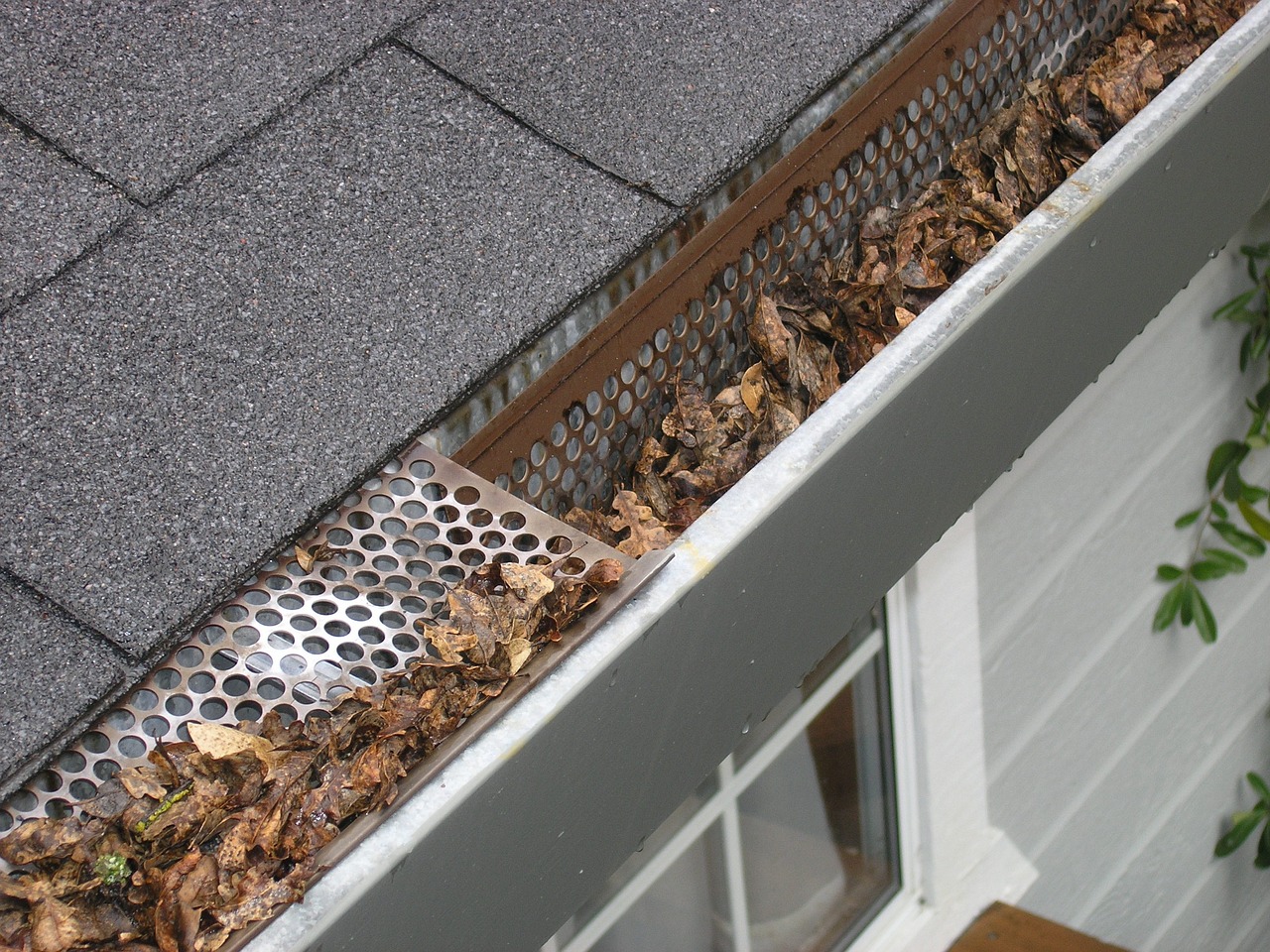Smart Home Pest Control: Protect Your Family & Property
Keep your home healthy and comfortable by learning how to prevent and treat common household pests. This guide covers resilient invaders like cockroaches, rodents, termites, and bed bugs, plus practical prevention tips, eco-friendly and chemical treatment options, and when to call professional pest control services. Get actionable steps to safeguard your property and loved ones from infestations.
Types of common household pests:
- Cockroaches: Extremely hardy, cockroaches can spread pathogens and aggravate asthma and allergies.
- Rodents: Mice and rats chew wiring, contaminate food, and can transmit diseases.
- Termites: Wood-eating insects that can undermine structural elements of a house if left unchecked.
- Bed bugs: Night-active insects that feed on human blood and are notoriously hard to eliminate.
Knowing which pest you’re dealing with is the first step toward choosing the right control strategy.
Preventing infestations in your home:
- Seal entry points: Examine the exterior for cracks, gaps around pipes, and openings around doors and windows; properly caulk or screen these to block pest access.
- Keep things clean: Store food in airtight containers, clean up spills promptly, and dispose of garbage regularly to remove food sources.
- Remove excess moisture: Repair plumbing leaks, improve ventilation in damp areas, and eliminate standing water to reduce pest-friendly environments.
- Manage landscaping: Trim back shrubs and tree limbs that touch the house, remove debris and piles of wood or leaves that can shelter pests.
- Conduct regular checks: Inspect basements, attics, crawl spaces, and exterior foundations periodically to catch early signs of activity.
These proactive actions make your home far less appealing to pests and often prevent infestations before they start.
Effective pest-control methods:
- Chemical treatments: Regulated pesticides and insecticides can be highly effective when used correctly; follow label instructions and safety guidelines.
- Baits and traps: Targeted bait stations and mechanical traps work well for rodents, ants, and some other species when placed strategically.
- Natural remedies: Options such as diatomaceous earth, certain essential oils, and physical barriers appeal to homeowners seeking low-toxicity solutions.
- Biological control: In specific situations, introducing natural predators or parasites can reduce pest populations without widespread chemical use.
- Professional services: Licensed technicians can apply specialized products and integrated strategies for stubborn or large-scale infestations.
The best approach depends on the pest species, infestation severity, and your preferences regarding chemicals and environmental impact.
When to consider professional pest-control services:
- Severe infestations: Widespread or rapidly growing problems often require professional expertise.
- Persistent reappearances: If pests return despite repeated DIY attempts, professionals can identify hidden sources and entry points.
- Hazardous pests: Venomous spiders, aggressive stinging insects, or rodent-borne disease risks should be handled by trained technicians.
- Structural threats: Signs of termite damage or carpenter ant activity that compromise wood structures warrant urgent professional evaluation.
- Health risks: Situations where pests threaten household health—through contamination or allergen exposure—may require specialist intervention.
What to expect from a professional pest-control visit:
- Thorough inspection: A trained technician will assess the property, identify pest species, locate entry points, and evaluate the infestation’s scope.
- Tailored treatment plan: Based on findings, the company will propose a customized strategy that fits your situation and preferences.
- Safe, effective applications: Professionals use approved products and methods intended to minimize risk while maximizing control.
- Follow-up and monitoring: Many services include scheduled return visits to ensure treatments worked and to address any lingering activity.
- Prevention guidance: Expect practical recommendations to reduce future risk, such as sealing tips, sanitation advice, and habitat reduction.
Reputable service providers (examples and typical features):
- Orkin: Residential and commercial pest management — customized plans and often a satisfaction guarantee.
- Terminix: General pest and termite control — nationwide presence and specialized treatment programs.
- Ehrlich: Pest, bird and vegetation control — offers environmentally minded options and digital monitoring tools.
- Rentokil: Integrated pest-management solutions for homes and businesses — global experience and multi-disciplinary approaches.
- Aptive Environmental: Residential pest control — routine service plans and emphasis on environmentally responsible products.
Note: Pricing and service terms vary by region and over time. Verify current rates and contracts before making decisions.
Long-term strategies to keep your home pest-free:
- Seasonal inspections: Different pests peak at different times of year; check your property seasonally for new signs of activity.
- Family awareness: Teach household members simple prevention habits like proper food storage and prompt cleanup.
- Stay informed: Monitor local pest trends and new control methods so you can adapt prevention tactics as needed.
- Act quickly: Address sightings or minor issues right away to prevent escalation.
- Maintain prevention routines: Regularly review and adjust sealing, sanitation, and landscaping practices to sustain protection.
Effective pest control is ongoing: a combination of vigilance, good housekeeping, targeted treatments, and professional help when necessary will protect your home and family from unwanted invaders.







